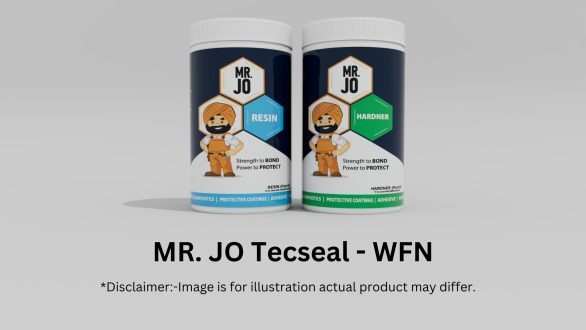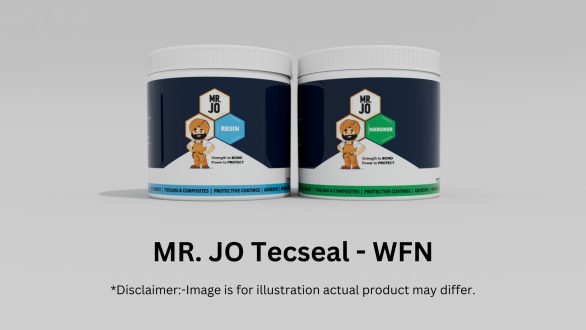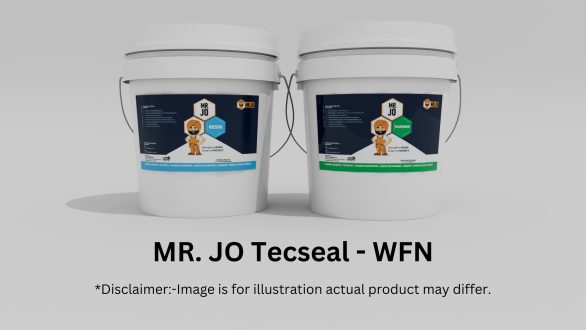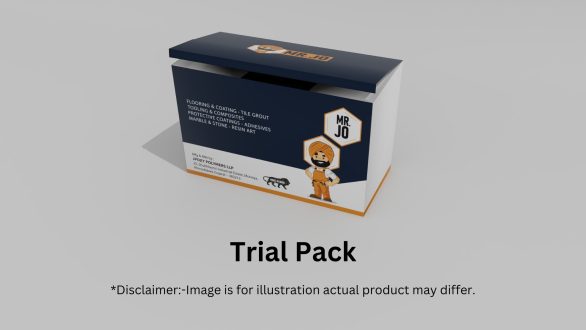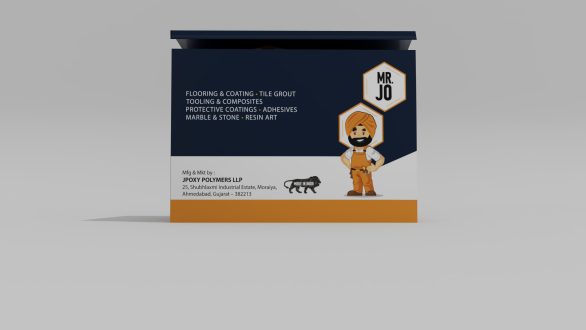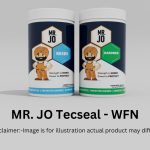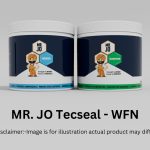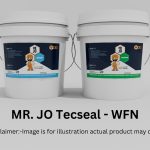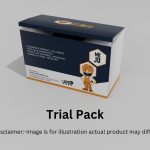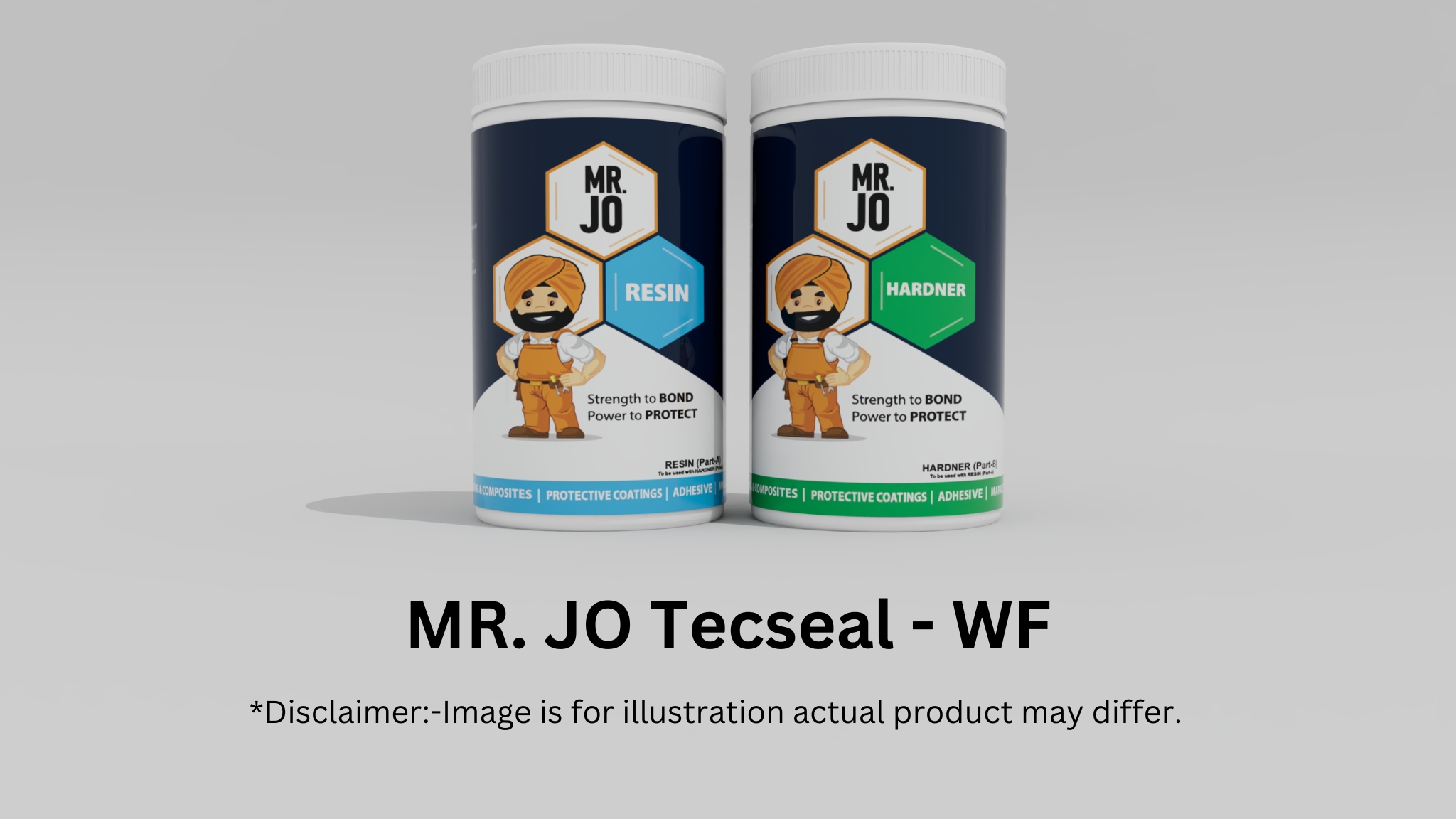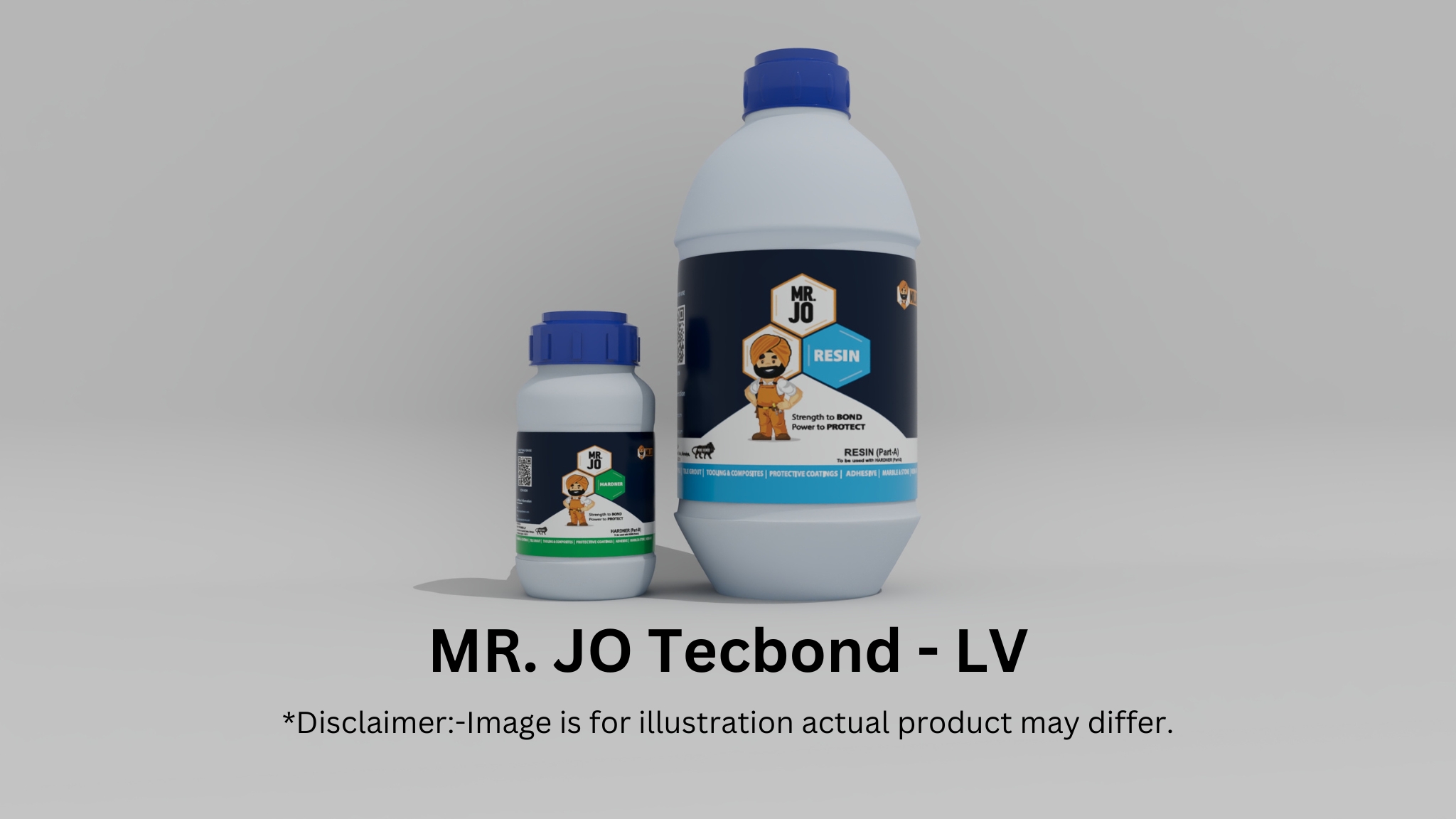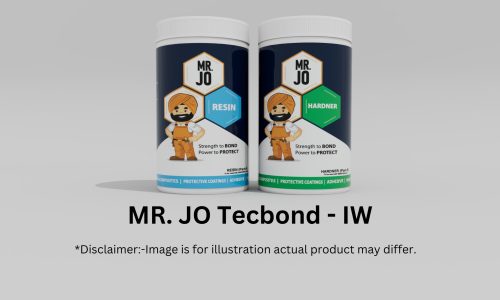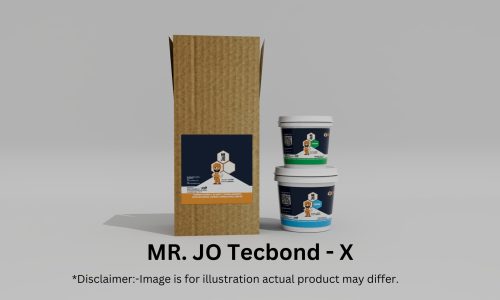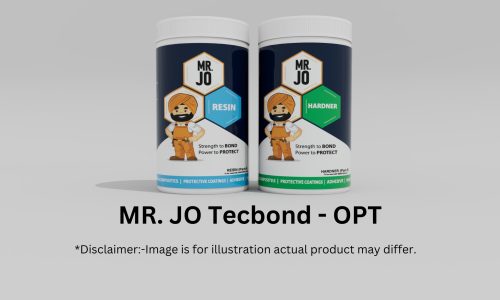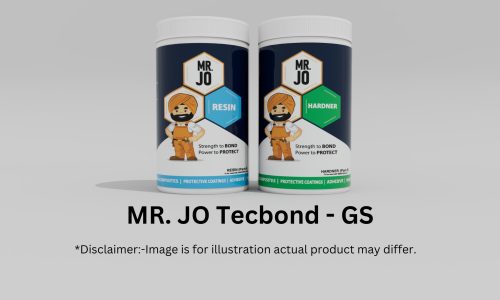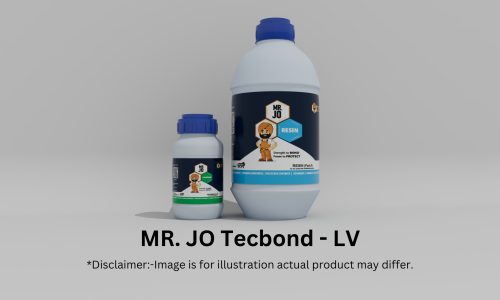Mr. JO Tecseal – WFN
₹141.00 – ₹7,600.00 Inclusive of all taxes
Two component 80 PHR epoxy wood filler for Dark brown color wood
- Description
- Properties
- Applications
- How To Use
- Technical Data Sheet(TDS)
- FAQs
Description
Mr. JO Tecseal – WFN is a high-quality epoxy wood filler. It not only fixes but also restores dark brown wood surfaces. Moreover, it fills gaps and rebuilds missing parts. As a result, it creates a smooth and professional finish. Additionally, the formula is easy to apply and solvent-free. Therefore, it lasts a long time. In conclusion, Mr. JO Tecseal is perfect for wood repairs. It makes wooden surfaces look better and last longer.
- Color :- Dark Brown
- Pot life :- @25'C 65-85 mins
- Mixing Ration :- 100:80 PBW
- Mixture consistency :- Thixotropic paste
- Optics :- Opaque
- Surface finish
- Wood filler
- Wood repair
- The mixture should be applied on a clean, rough and dry surface. For good results, it is required that the concrete surface is clean, rough and dry. This should be achieved by suitable mechanical and chemical means such as sandblasting. Wire brushing or chemical etching. Suitable degreasing agent should be used to remove any grease, oil or traces on the surface.
- Use Part A & Part B in ratio 100:80 PBW. Mix the two components in small batches thoroughly for at least 2 minutes.
- Apply the mixture using spatula or trowel to achieve desired thickness.
- Allow it to cure for at least 24 hours before putting to use.
A1. MR. JO Tecseal-WFN is a pre-filled, two-component epoxy paste for repairing defects in wood, such as:
- Cracks and gaps
- Nail holes
- Knots and knots openings
- Small edge breaks
A2.
- MR. JO Tecbond-WFN is a liquid adhesive that requires filler addition
- MR. JO Tecseal-WFN is a ready-to-use paste, saving time on-site
A3. It is natural beige, suitable for most light to medium wood tones.
Q4. How is MR. JO Tecseal-WFN applied?A4.
- Mix (100:80) of the resin and hardener
- Apply with putty knife or spatula
- Smooth surface and allow to cure
- Sand and finish after curing
A5. Yes. It accepts wood stains, paints, polishes, and lacquers once fully cured and sanded.
Q6. Can it be used on vertical wood surfaces?A6. Yes, the paste is non-sag and holds well in vertical applications.
Q7. Is it drillable or sandable after curing?A7. Yes. Once cured, WFN becomes hard yet workable, suitable for sanding, drilling, and nailing.
Q8. How long does it take to set?A8.
- Pot life: ~30–40 minutes
- Initial set: ~2–3 hours
- Full cure: ~24 hours
A9. It’s best for surface defect repairs, not structural joints. For bonding, use MR. JO Tecbond-WFN.
Q10. After sanding, the filled area looks slightly whitish. Is this a defect?A10. No — this is normal for epoxy-based wood fillers. When sanded, the surface may appear slightly chalky or whitish, especially with lighter colors like WFN. However, once you apply a clear lacquer, wood polish, wax, or any transparent coating, the original wood-tone color of the filler is fully restored, and it blends beautifully with the surrounding wood.

